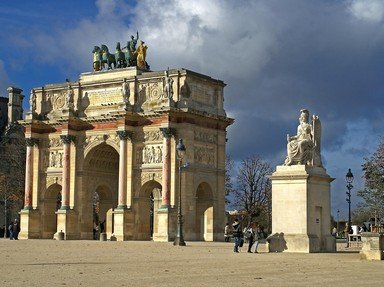Quiz Answer Key and Fun Facts
1. Firstly we'll look at the campaign leading up to Leipzig. In the early stages of the campaign a French corps under the command of Marshal Ney was attacked by surprise by the Russians of General Wittgenstein. The battle was later salvaged by the arrival of Napoleon with considerable reinforcements. What was the name of this battle?
2. Following defeat in the first major battle of the campaign the Allied army of Blucher and Wittgenstein found itself outnumbered by about 200,000 Frenchmen against their combined total of 100,000. They managed however to escape relatively intact after a senior French officer poorly positioned his forces. Which officer ruined Napoleon's chances at a clean victory at Bautzen?
3. On 2 June, despite not having gained a decisive victory Napoleon felt he had sufficient diplomatic leverage with his relative triumphs at Bautzen and elsewhere to secure an armistice. Where was this armistice signed?
4. On 12 August Austria declared war on France and ended the armistice. With the resumption of hostilities a French dettachment was defeated at Gross Beeren. However Napoleon finally managed to secure a stunning major victory a few days later. Where was this battle?
5. The following questions will relate to the Battle of Nations itself. Firstly to basics. When was the Battle of Nations?
6. The Battle of Leipzig contained the largest concentration of artillery of any clash in the Napoleonic Wars.
7. Which French marshal held the northern sector against the fiery Prussian general, Blucher?
8. The battle's intensity escalated on the second day when fresh reinforcements arrived to bolster both sides.
9. Which Allied commander was in charge of the largest Allied force at Leipzig, the Army of Bohemia?
10. On the fourth day of battle Napoleon realised the hopelessness of the situation - the previous day he had barely managed to fight off co-ordinated attacks by around 350,000 Allied troops and the noose was tightening. He attempted a withdrawal west out of the city across the Bridge of Lindenau. The withdrawal went perfectly until an inexperienced corporal prematurely blew the charges on the bridge and left 20,000 men stranded as well as killing many. Amongst the dead was which marshal of France?
Source: Author
Findlay
This quiz was reviewed by FunTrivia editor
Beatka before going online.
Any errors found in FunTrivia content are routinely corrected through our feedback system.
